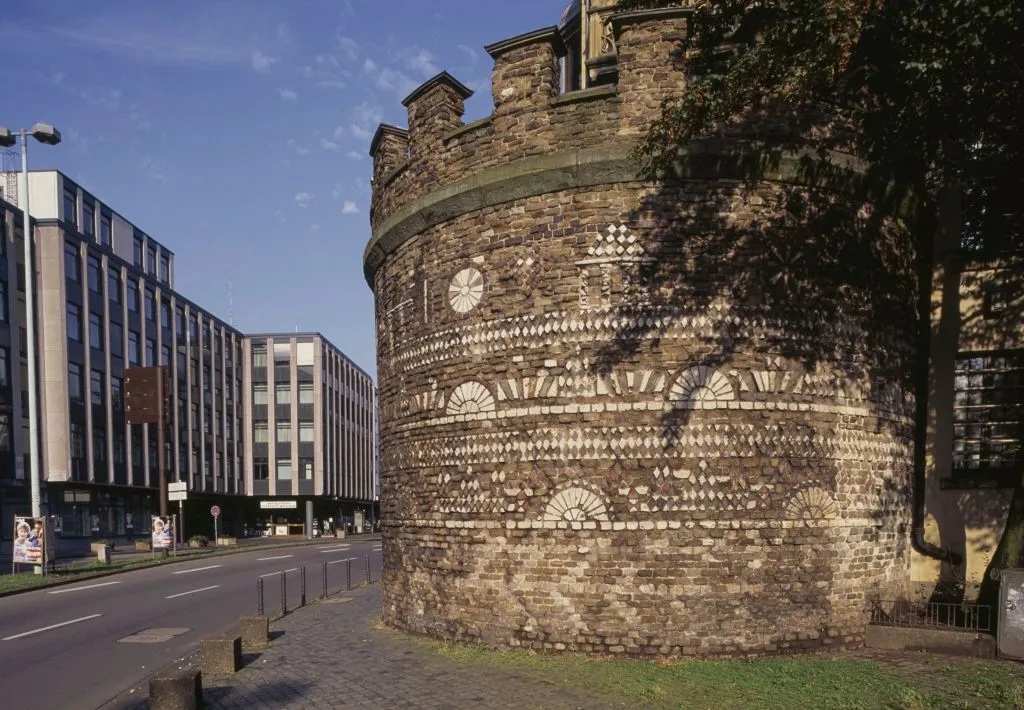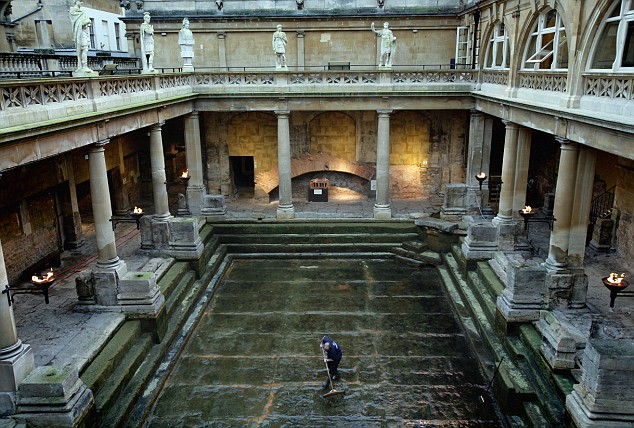In the heart of Cologne‘s Neumark district, a haven of historical and cultural significance, a captivating revelation has come to light—a remarkably preserved ancient Roman bath complex that archaeologists unearthed during the construction of a new fountain. Newsweek has reported on this discovery, highlighting its role as a beacon that shines light on the sophistication and extravagance that marked urban life during the Roman era.
The Discovery and its Intricate Details of Cologne’s Roman Bath
Archaeologists stumbled upon an elaborate Roman bath complex beneath the construction site of the new fountain. Leading the excavations was the Roman-Germanic Museum in Cologne, headed by archaeologist Gregor Wagner. In an interview with the local newspaper Kölnische Rundschau, Wagner revealed that these baths formed an integral part of a grand private residential structure adorned with what he referred to as “sophisticated furnishings.”
The bath complex boasted opulent amenities, including walls adorned with intricately painted plaster, and ingeniously designed floors that facilitated the distribution of heat, accommodating baths of varying temperatures—hot, tepid, and cold. Notably, the complex featured a boiler room believed to have been used for heating air. This heated air, in turn, warmed the bath floors from beneath, meticulously maintaining precise water temperatures. The strategic elevation of floors, supported by pillars, was a calculated maneuver aimed at harmonizing with the intricate heating system.
Offering a Glimpse into Roman Urban Life
This recent discovery adds another layer to Cologne’s historical tapestry—a fourth Roman bath complex revealed within its precincts. The city’s origins trace back to the Roman colony Colonia Claudia Ara Agrippinensium, established in 50 CE. Numerous remnants of the Roman era adorn the cityscape, bearing testament to its historical significance.
A Common Thread of Roman Bath Across Europe
The allure of Roman bathhouses transcends both time and geographical boundaries, with their frequent emergence from obscurity or rediscovery throughout Western Europe. The Roman Empire’s expansive dominion, spanning from 27 CE to 476 CE, encompassed vast territories—from present-day England to the coastal realms of Northern Africa, extending across Portugal, the Middle East, and Egypt.
Echoes of Roman Bath Huses on a Global Stage
Mérida, Spain, witnessed the unveiling of a meticulously preserved Roman bath just a month ago, underscoring the enduring fascination these structures evoke. In March, an immaculately preserved ancient Roman bathhouse emerged near the Rhône River, a short distance from the village of Yenne in Southern France. The necessity of an archaeological assessment for a new house led to this remarkable discovery. The echoes of Roman bathhouses resonate far beyond European borders. A year earlier, the excavation at Egypt’s Temple of Khnum, situated near Esna, unveiled another testament to Roman innovation—a Roman bath serving as a convergence of cultures and history.
Unraveling the Complexities and Resonances of a Bygone Era
The revelation of a lavishly designed Roman bath complex beneath Cologne’s streets offers a rare glimpse into the opulent lifestyle of antiquity. These remnants, showcasing ingeniously heated floors and intricate thermal systems, stand as tributes to the brilliance of Roman engineering. As Cologne joins the league of places uncovering such marvels, the enduring legacy of Roman influence reverberates across continents and epochs. These architectural marvels serve as gateways through which we decipher the echoes of a bygone era, delving into the dynamic interplay of culture, luxury, and ingenuity that defined ancient societies.

